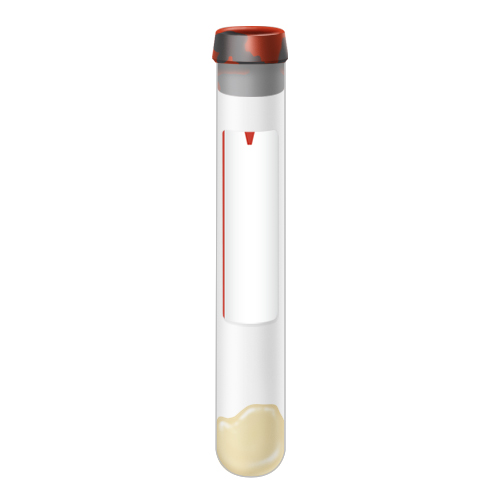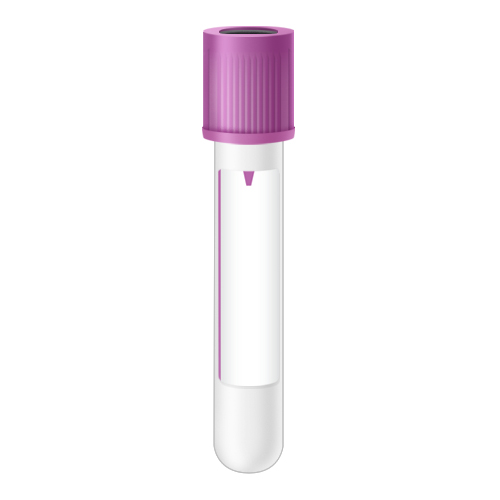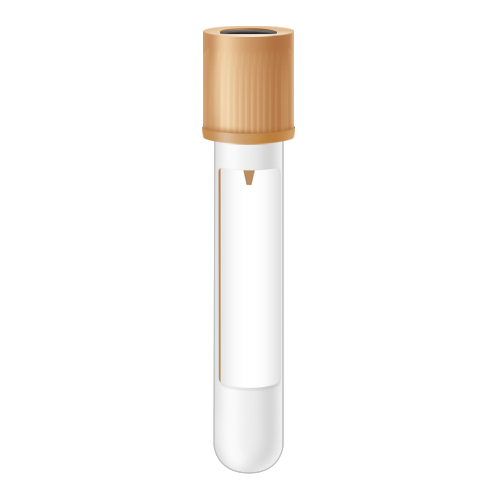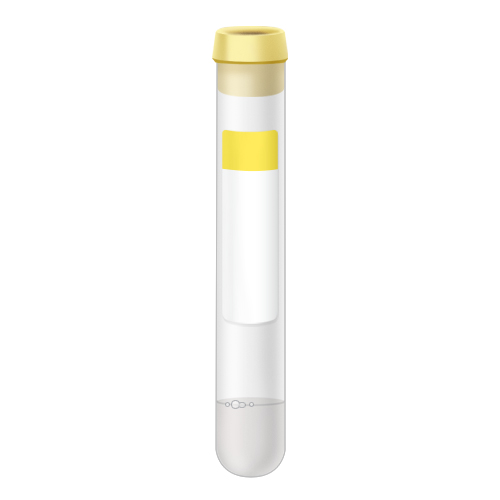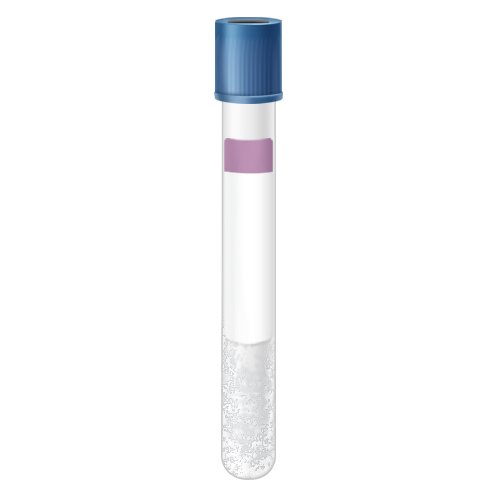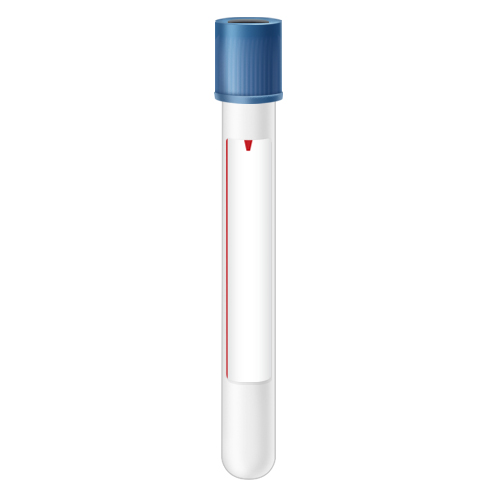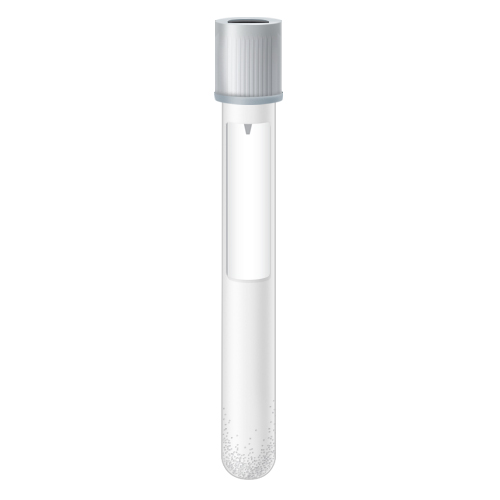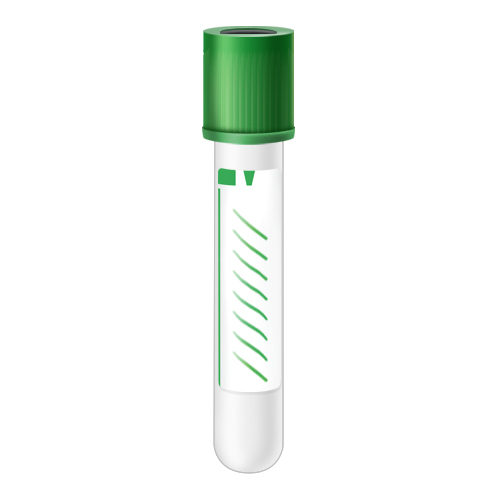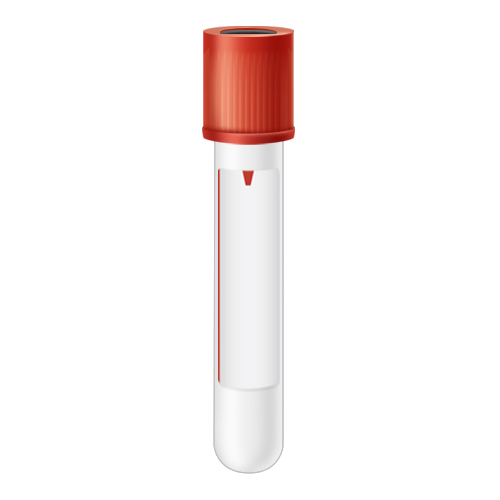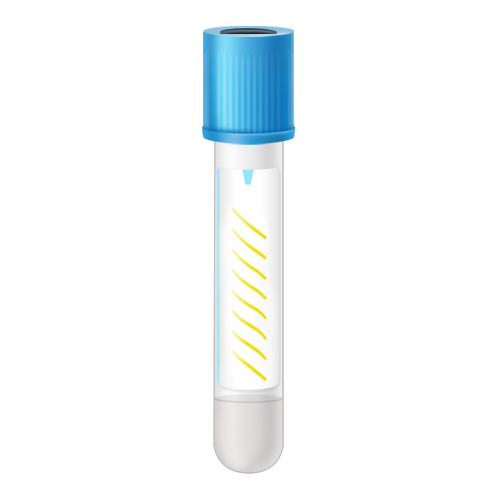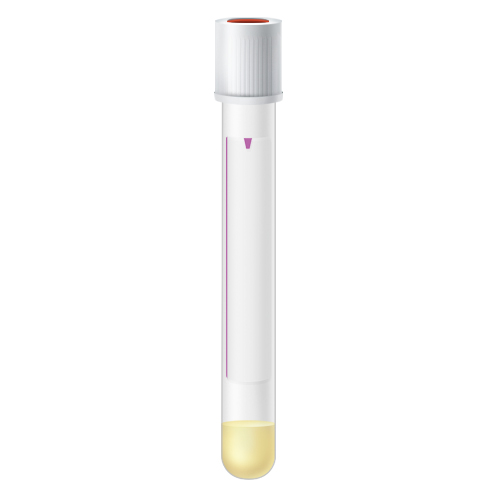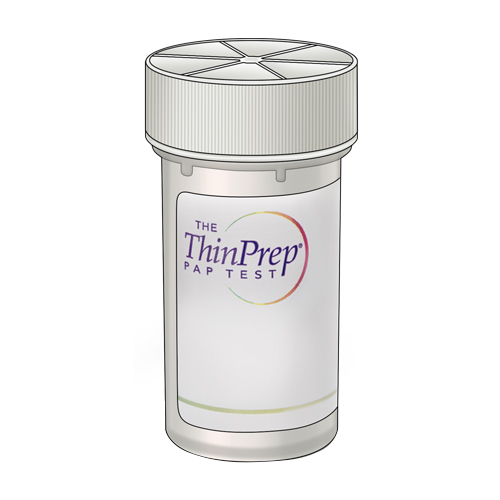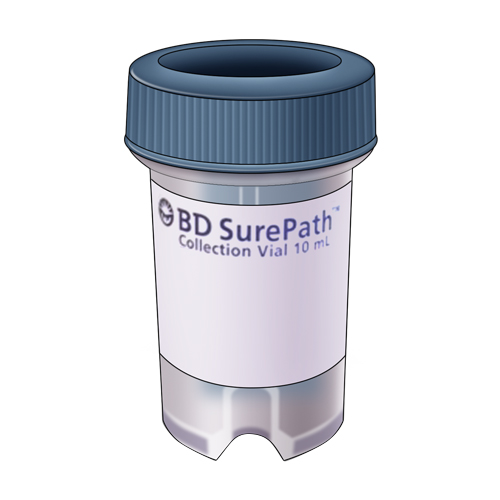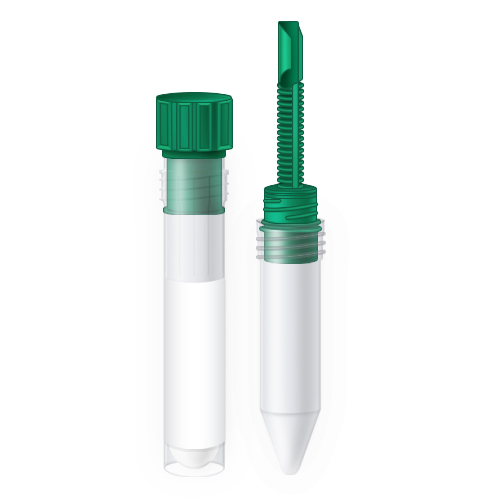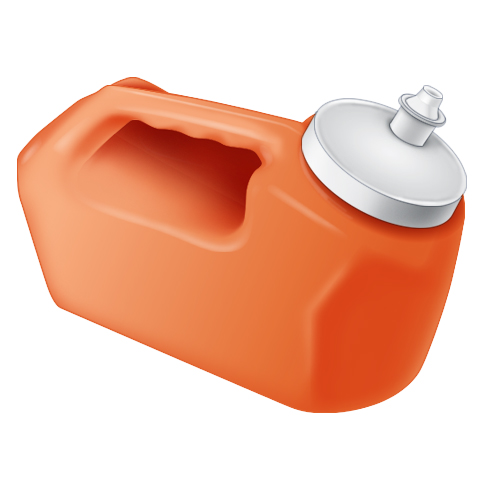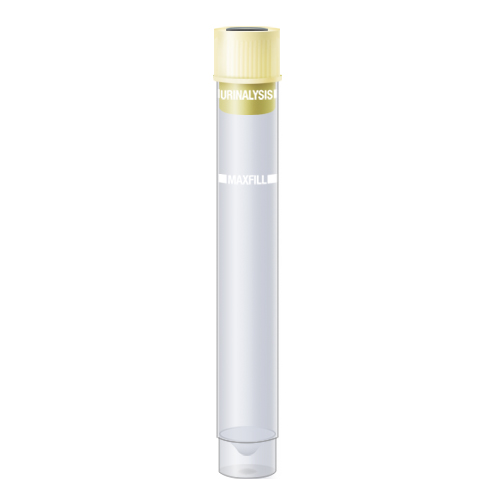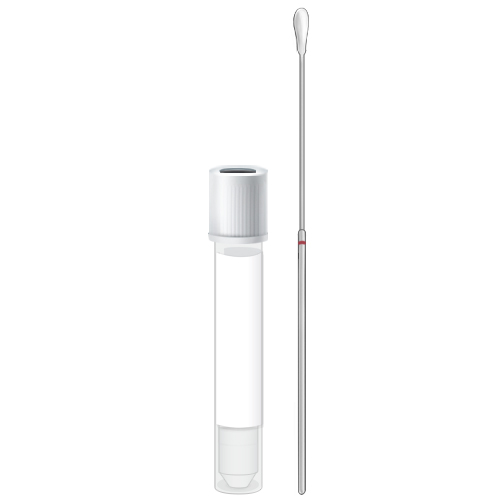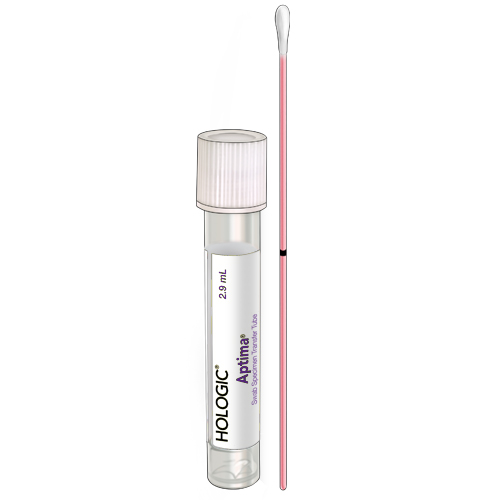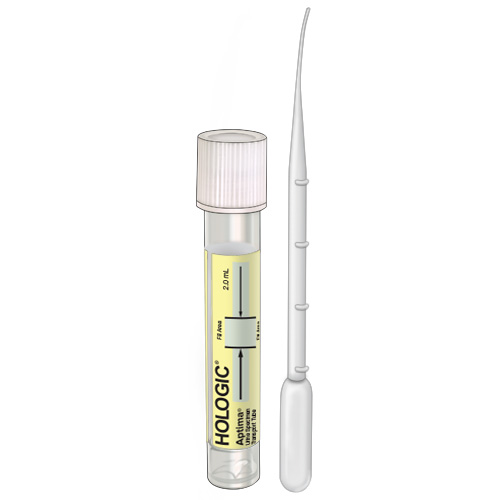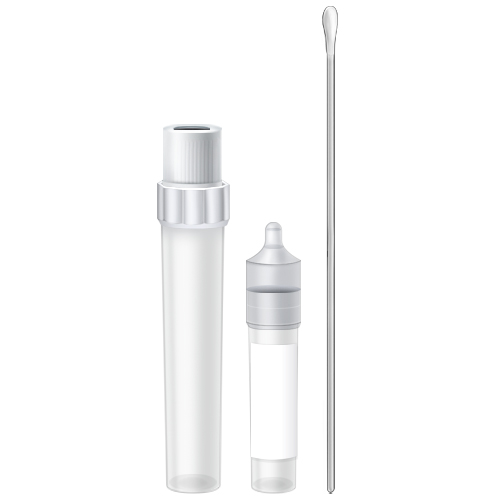Modern Healthcare
Since the beginning of the COVID-19 outbreak in the U.S., the country has struggled with a lack of nucleic acids tests to diagnose the virus.
Recently, though, a number of labs, including the country’s largest reference labs have said that not only are they able to fulfill all current PCR test requests, but that they are operating at below capacity for these tests.
This runs counter to the broader, prevailing narrative that PCR testing for SARS-CoV-2 remains difficult to obtain. This disconnect is due in part to location-specific differences in test availability, as well as lingering physician concerns about backlogs at major reference labs, suggested Nathan Ledeboer, medical director of the microbiology laboratory at the Medical College of Wisconsin and Froedtert Hospital.
The travails of PCR testing for SARS-CoV-2 in the U.S. have been well documented. From contamination problems with the initial test developed by the Centers for Disease Control and Prevention to complaints around the pace at which the Food and Drug Administration approved outside tests to challenges around sourcing necessary reagents and collection swabs, the ramp up of testing has been a rocky process, which has hampered to country’s response to the pandemic.
Last week, however, LabCorp President and CEO Adam Schechter noted during the company’s Q1 earnings call that the company has cleared its backlog of molecular SARS-CoV-2 tests and that, in fact, it has “some additional capacity.”
“We’re not using all of our capacity of 60,000 [tests] per day right now,” he said.
Wendy Bost, senior director of corporate communications at Quest Diagnostics, similarly said that “in recent weeks our capacity has outpaced demand for molecular diagnostic [SARS-CoV-2] testing.” On the company’s recent Q1 call, CFO Mark Guinan said it is averaging around 30,000 PCR tests per day, which is a little more than half the 50,000 tests per day that Quest has reported as its SARS-CoV-2 molecular testing capacity.
Jon Cohen, executive chairman of Opko Health’s BioReference Laboratories likewise said that the company has “additional capacity [for molecular SARS-CoV-2 testing] that is not yet being maximized.
According to the company’s most recent 10-Q, which it filed this week, it is currently able to perform 35,000 molecular SARS-CoV-2 tests per day.
Ledeboer said that his lab has also “been coming in under capacity quite significantly for the past couple of weeks,” and added that he was aware of similar situations at other labs.
He suggested that stories of patients having difficulty getting tested persist despite the apparently sufficient capacity due in part to location-specific testing shortfalls. While in theory a hospital or doctor in an area without enough testing could send out tests to the large reference labs, the longer turnaround time is a disincentive.
“A lot of this [extra] capacity exists in the reference labs,” he said. “And if you have a patient who is coming in to be admitted, waiting two days to get those results back is not quite as useful as being able to provide it locally. There’s an absolute need to be able to provide results on a local basis so that you can make infection prevention decisions based on the test results.”
Ledeboer added that this need for local testing applied in some cases even to providers within the same region, citing a health system in the metro Milwaukee area, where Froedtert is also located, that is struggling to build enough molecular testing capacity to begin offering it in the outpatient and ambulatory settings.
He said Froedtert had offered to help handle overflow testing for the system but that this had not happened due to a combination of business considerations and turnaround time concerns.
He also said that that some providers who might otherwise use national reference labs for testing remained wary due to the backlogs those labs experienced during their initial ramp up of testing.
The national reference labs “have done a great job of reducing their backlogs and I think the world is very different today than what it was before,” he said. “But I think there is definitely still a perception and fear of the backlogs. [Reference labs’ slow] initial turnaround time really did have an impact on people’s ability to make decisions, and so people are a little bit cautious around using them still.”
Robert Boorstein, medical director for oncology and esoteric testing at Brooklyn-based Lenco Diagnostic Laboratories, suggested that depending on how “at capacity” was defined, a lab would not necessarily want to run at capacity for extended periods of time.
“Capacity is presumably the number of tests that could be run if every instrument were run 24/7,” he said.
“It would not be unusual to run at capacity only at limited times. If you actually ran at capacity [for an extended time] you would probably run out of reagents and wear out your instruments and staff.”
Additionally, he noted that given the fluctuations in incoming test volumes, being constantly at capacity could impact a lab’s ability to meet turnaround time standards.
He said that Lenco was at around half capacity for molecular SARS-CoV-2 testing based on full capacity defined as 24/7 testing on all available machines. He also noted that shortages of sample collection supplies like swabs have limited utilization of molecular testing.
Eric Blank, chief program officer at the Association for Public Health Laboratories, said that he was not aware of any of the organization’s members currently being unable to meet testing demand and added that member labs’ testing numbers are increasing.
He noted, though, that local and state public health labs and the jurisdictions they serve “have held to fairly rigid testing criteria,” focusing testing on hospitalized patients, people in long-term care facilities, and health care providers and first responders “so demand didn’t outstrip resources.”
CDC guidelines on who should be prioritized for testing have also focused on the categories of patients Blank cited.
Boorstein, for instance, said that Lenco is in the process of upping its molecular capacity, while Ledeboer noted that his lab has seen a recent spike in demand.
Bost noted that Quest experienced its highest level of demand for testing to date last week, though it remained short of its total capacity.
During the LabCorp earnings call Schechter said that he believed the extra capacity was a “short-term” phenomenon and that “as states become up and running and back to business, I think that we will be at full capacity in the very near future, which is why we’re trying to build more and more capacity as quickly as we can.”
He said the company was aiming to up its molecular testing capacity to around 100,000 tests per day or more.
“I believe that PCR testing will be running at capacity for quite some time,” he said.
Steve Rubin, executive vice president, administration at Opko Health, said during the company’s Q1 earnings call this week that the company anticipated increased demand among a number of large employers and hospitals and health systems for testing workers as they try to return to business in the coming months.
Blank noted that “as supplies have become a bit more available and as our members have added testing platforms to manage the supply chain issues, some jurisdictions are opening up testing” to a wider range of patients.
CDC has also expanded its molecular testing guidelines to include symptomatic people outside the hospital and long-term care settings and asymptomatic people for reasons including public health monitoring and surveillance.
This story first appeared in our sister publication 360Dx, which provides in-depth coverage of in vitro diagnostics and the clinical lab market.
Click here for original post on Modern Healthcare

